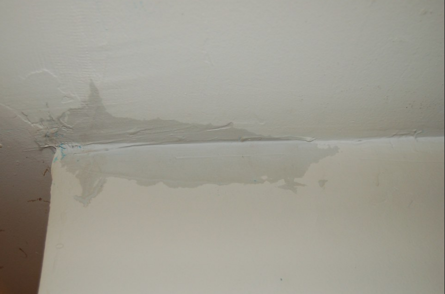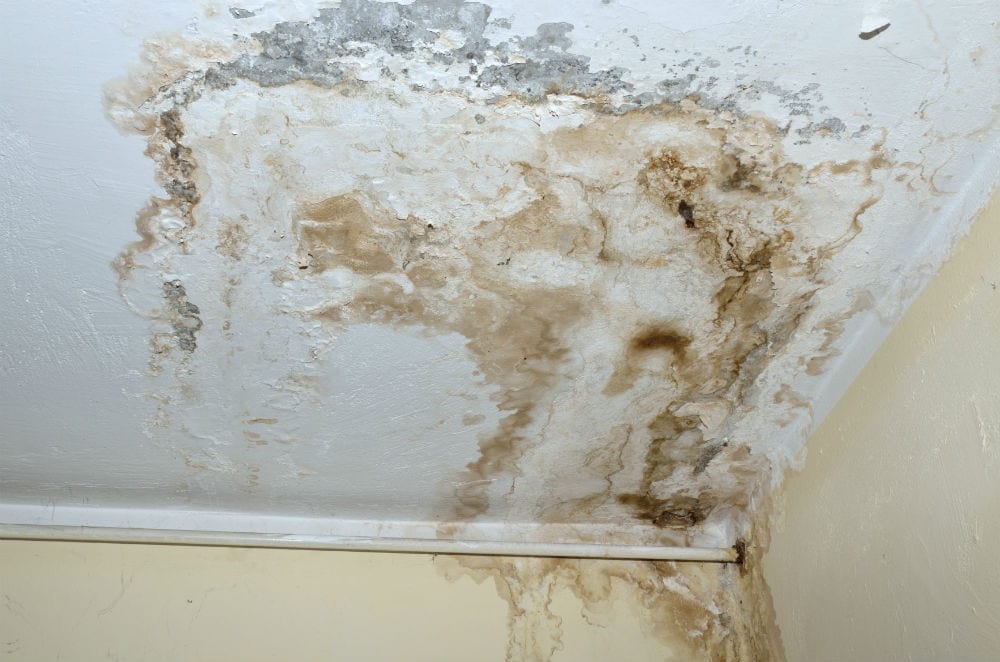6 Water Damage Remediation Do's as well as Don'ts.
6 Water Damage Remediation Do's as well as Don'ts.
Blog Article
Just about every person has got their private opinion on the subject of 5 Home Safety Tips To Reduce The Risk Of Fire And Water Damage.

Water offers life, water breach on components where it's not meant to be can result in damage. It can peel off away surface areas as well as erode the foundation if the water saturates right into your framework. Mold and mildew also thrive in a wet setting, which can be harmful for your health and wellness. Homes with water damages scent musty and also old.
Water can originate from numerous resources such as hurricanes, floods, ruptured pipes, leakages, and sewage system problems. In case you experience water damages, it would certainly be good to recognize some safety preventative measures. Here are a couple of guidelines on exactly how to deal with water damages.
Do Prioritize Home Insurance Policy Protection
Water damages from flood as a result of heavy winds is seasonal. Nonetheless, you can additionally experience an unexpected flooding when a defective pipeline all of a sudden breaks into your house. It would certainly be best to have home insurance policy that covers both disasters such as natural catastrophes, and emergencies like damaged plumbing.
Do Not Forget to Turn Off Utilities
This cuts off power to your whole home, stopping electric shocks when water comes in as it is a conductor. Don't fail to remember to turn off the primary water line valve.
Do Remain Proactive and also Heed Climate Signals
Tornado floodings can be really unforeseeable. Remain positive as well as ready if there is a background of flooding in your community. If you live near a lake, creek, or river , pay attention to evacuation warnings. Take out valuables from the first stage and also cellar, then placed them on the greatest possible level. Doing so lowers prospective building damage.
Don't Disregard the Roofing System
You can stay clear of rainfall damages if there are no holes and leaks in your roofing. This will certainly protect against water from flowing down your walls as well as saturating your ceiling.
Do Take Notice Of Tiny Leaks
A ruptured pipeline does not take place overnight. Usually, there are red flags that suggest you have deteriorated pipelines in your house. As an example, you might see gurgling paint, peeling wallpaper, water streaks, water spots, or leaking sounds behind the walls. Eventually, this pipeline will certainly break. Preferably, you must not wait on things to escalate. Have your plumbing repaired prior to it causes substantial damages.
Do Not Panic in Case of a Burst Pipe
Maintaining your clearheadedness is important in a time of crisis. Due to the fact that it will suppress you from acting quick, panicking will just intensify the problem. When it comes to water damages, timing is essential. The longer you wait, the more damages you can anticipate. Thus, if a pipe bursts in your home, quickly turned off your main water shutoff to cut off the resource. Unplug all electric outlets in the location or transform off the circuit breaker for that part of the residence. Lastly, call a reliable water damages restoration specialist for help.
Water provides life, water breach on parts where it's not intended to be can result in damage. Houses with water damages scent old as well as moldy.
Water damage from flooding charges to heavy winds is seasonal. You may observe gurgling paint, peeling wallpaper, water streaks, water spots, or trickling audios behind the walls. When it comes to water damages, timing is essential.
Some Do's & Don't When Dealing with a Water Damage
DO:
Make sure the water source has been eliminated. Contact a plumber if needed. Turn off circuit breakers supplying electricity to wet areas and unplug any electronics that are on wet carpet or surfaces Remove small furniture items Remove as much excess water as possible by mopping or blotting; Use WHITE towels to blot wet carpeting Wipe water from wooden furniture after removing anything on it Remove and prop up wet upholstery cushions for even drying (check for any bleeding) Pin up curtains or furniture skirts if needed Place aluminum foil, saucers or wood blocks between furniture legs and wet carpet Turn on air conditioning for maximum drying in winter and open windows in the summer Open any drawers and cabinets affected for complete drying but do not force them open Remove any valuable art objects or paintings to a safe, dry place Open any suitcases or luggage that may have been affected to dry, preferably in sunlight Hang any fur or leather goods to dry at room temperature Punch small holes in sagging ceilings to relieve trapped water (don't forget to place pans beneath!); however, if the ceiling is sagging extremely low, stay out of the room and we'll take care of it DO NOT:
Leave wet fabrics in place; dry them as soon as possible Leave books, magazines or any other colored items on wet carpets or floor Use your household vacuum to remove water Use TV's or other electronics/appliances while standing on wet carpets or floors; especially not on wet concrete floors Turn on ceiling fixtures if the ceiling is wet Turn your heat up, unless instructed otherwise

I hope you enjoyed our piece on Keeping Your Home Safe This Holiday Season. Thank you so much for finding the time to read through our piece. You should take the time to promote this blog if you appreciated it. Thank you for your time invested reading it.
Report this page